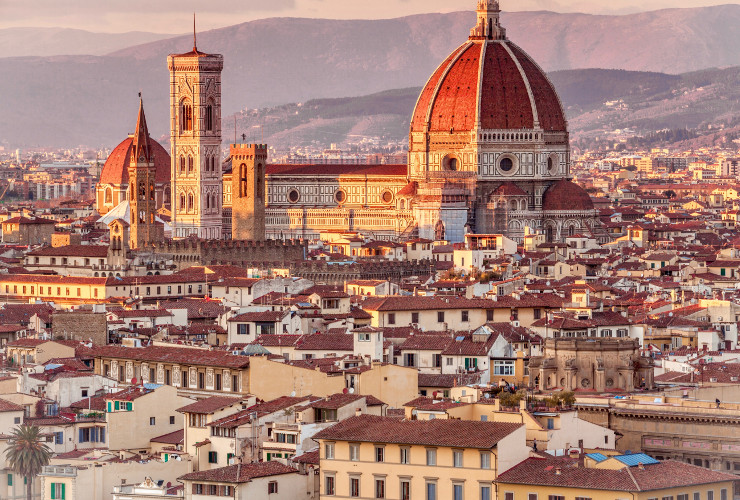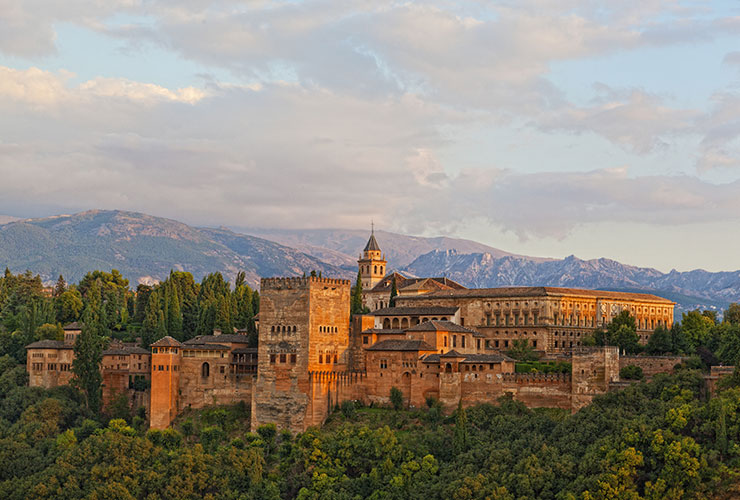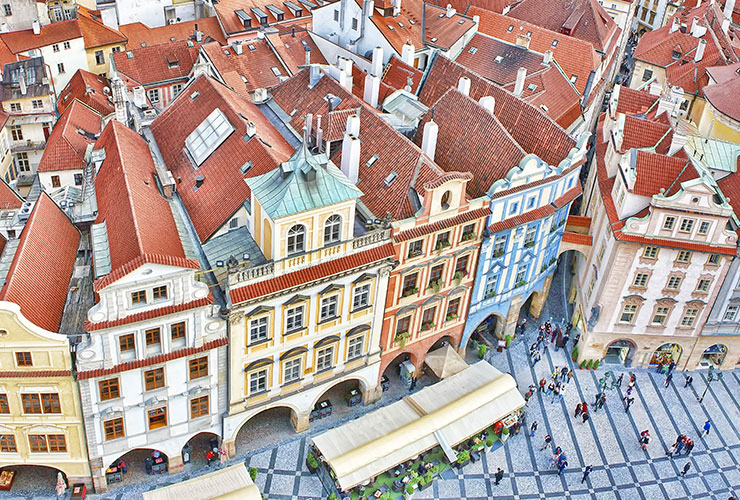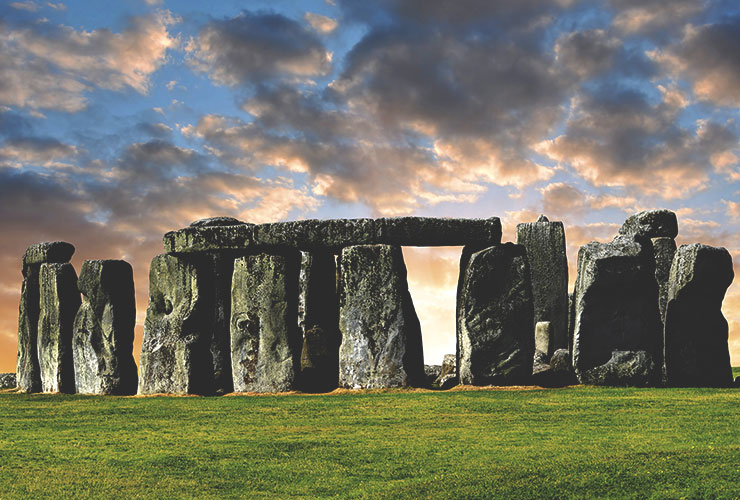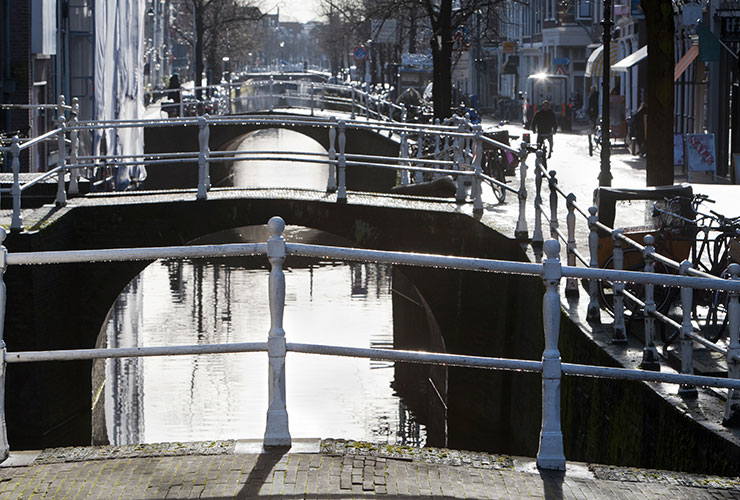Cultural Paris Experience
Paris is renowned worldwide for the beauty of its architecture, its boulevards and its spectacular views, as well as for its 200 museums and historic monuments. Paris offers an artistic, historic and cultural heritage site without parallel.
Paris is nicknamed “Ville Lumière” (The City of Lights) as since the time of Louis XIV it was the first city to use street illumination to discourage theft and crime. Other sources refer to the French capital as being the cradle of Enlightenment, although the 18th century movement in fact arose initially in England and later reached its peak in France.
Desired by many, the city was built along the Seine River by a line of successive reigning kings and presidents. Divided by the Seine, Paris is known for the distinct quality of each of its two sides: on the Rive Droite (Right Bank) you will find the Louvre Museum, the Triumphal Arch and the Basilica of Sacré-Coeur surrounded by elegant districts and the prestigious Champs-Élysées. On the Rive Gauche (Left Bank) the Latin Quarter and Saint-Germain-des-Prés evoke an early 20th century experience of Paris.
Paris never ceases to seduce us with its famous neighborhoods, its art, culture, and history that constantly come together to offer up new experiences.
Loire Valley Castles Experience
History and architecture lovers will find a large number of sights in the Loire Valley, including the numerous majestic castles. From the X century onward French kings and their court aristocracy erected these castles to use as summer residences because of the mild regional climate and the extraordinary beauty of the landscape itself.
The history of the Loire Valley castles is closely tied to the royal lineage of France. Medieval fortresses, royal castles, renaissance mansions, bucolic castles: they all attest to and frame big and small events in the history of the country. The artistic developments of the valley, which grew without interruption for more than three centuries, found their beginnings during the Battle of Agincourt in 1415. As King Charles VII was banished from Paris he sought refuge on the banks of the Loire River in Touraine where some fortresses already existed, giving birth to the historic expression “art de vivre à la française”, or the art of French living.
From the castle of Sully-sur-Loire to the Valençay castle and Castle of the Dukes of Brittany in Nantes, the Loire Valley boasts more than 300 castles in total. The largest one, Chambord built in 1516 by King Francis, dramatically shows the passions of the prince-architect with its hunting parks and refined Renaissance style. The castle of Chenonceau equally reveals the sophisticated lifestyle of the French aristocracy through its rich collections and architectural decorations. The castle of Blois offers an exciting course in architecture and history: its central square offers a complete panorama of French architecture from the early 13th to the 17th century. Here we mention just a few of the castles in the Loire Valley. We invite you to discover all the other jewels situated throughout the “Garden of France”!
Carnac & Mont Saint-Michel Experience
Located about 200 kilometer from each other, Carnac and Mont Saint-Michel symbolize two very different moments of history. Carnac is a smart small town on the coast of Brittany. Its name means “place of the stone mounds” stemming from ‘cairn’ which refers to the arrangement of crushed stones and pebbles that identify burial and marker dolmens. Carnac is the most important prehistoric site in Europe and it is believed to have been inhabited since 6,000 B.C. Here you will find the largest concentration of megaliths in the world (dolmen and menhir amazingly lined up!) and the most ancient European building, the Kerkado Mound, which predates the Egyptian pyramids.
Further to the north, clinging to a rock on the coast of Normandy, is the Abbey of Mont Saint-Michel situated at the center of an immense bay that sees the largest tidal shifts anywhere in Europe. Building began in 709 under the guidance of Saint Aubert of Avranches, and reveals the changing architectural preferences that prevailed over centuries from pre-Romanesque to Gothic building styles. In 1979 UNESCO named it a world heritage site, and to this day the abbey maintains its draw as a pilgrimage destination.
Carnac and Mont Saint-Michel represent two very different worlds, yet their distinct spiritual and societal roles help us better understand the evolution of human beings in light of artistic, social and religious developments.
 Hire Expertise
Hire Expertise Bespoke Itineraries
Bespoke Itineraries Travel Carefree
Travel Carefree